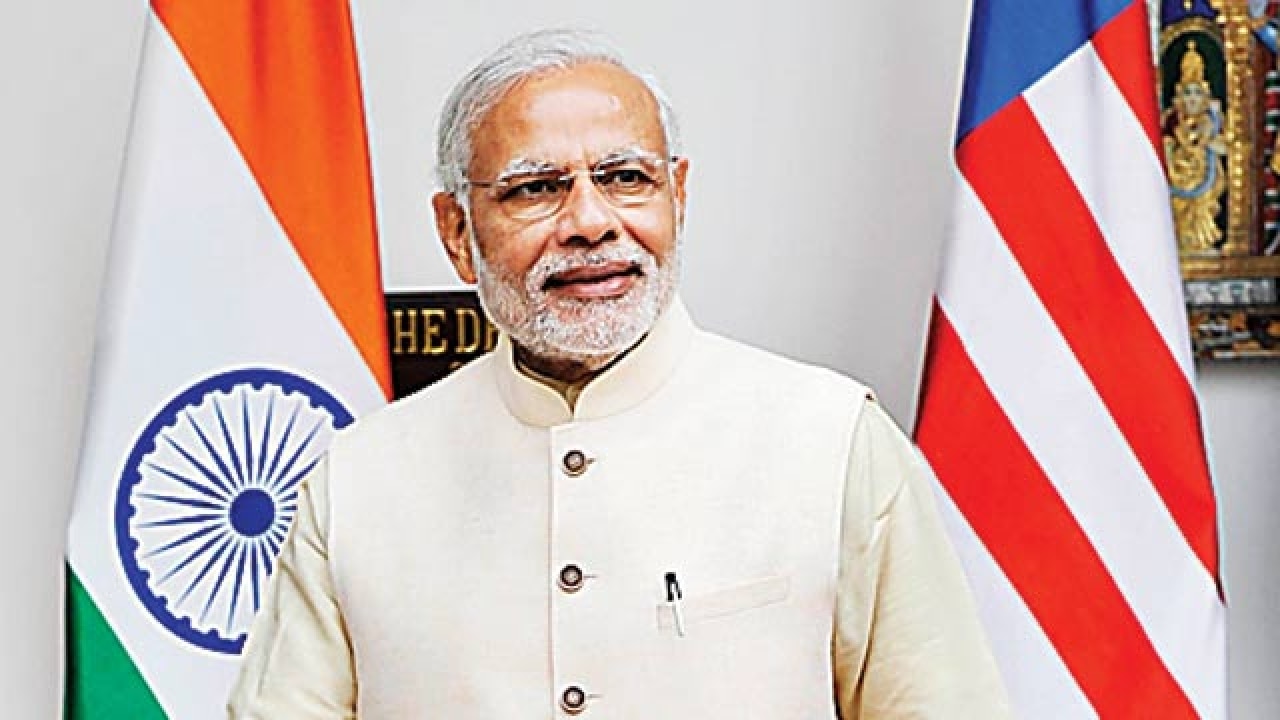
The BJP and the Congress deem themselves to be at the opposite ends of the political spectrum. The Congress fancies itself to be a socialist party, by which it understands that it is pro poor. Many in the BJP in their desire to be seen as opposing Congress’s socialism project themselves as pro-economic growth and pro-middle class if not pro-rich. In practice, however, Congress is not as socialistic as it pretends to be, and the BJP finds itself to be batting for the poor because no political party in India can be insensitive to nearly half of the population.
It is not surprising then that the BJP-led NDA chose to mark 10 years of Mahatma Gandhi National Rural Employment Guarantee Act (MGNREGA), the flagship welfare measure of UPA with a positive statement about its success from the Ministry of Rural Development on Tuesday. Finance Minister Arun Jaitley speaking on the occasion of the 10th anniversary on Wednesday said that 2015-16 is the first time that the allocated Rs34,000 crore to Rs35,000 crore will have been spent by the end of the financial year in March and more money would be allocated as well.
The MGNREGA has an interesting political history behind it. The Congress had returned to power at the head of a coalition after eight years in political wilderness. There was the perception that the Congress had lost power in 1996 because it launched the economic reforms which had ostensibly marginalised and alienated the poor. It was also felt that the BJP-led NDA government of Prime Minister Atal Bihari Vajpayee had lost the election in 2004 because the poor were neglected. The Congress then was careful to regain ground in what considers to be its natural constituency — the poor. The National Advisory Council, comprising civil society activists with a menu of populist economics under Congress president Sonia Gandhi had proposed the national rural employment guarantee scheme. Then Prime Minister Manmohan Singh, seen as the advocate of economic reforms, seemed to have demurred and the scheme was rolled out in 2006.
It was criticised for poor implementation by civil society activists on the one hand, and by market economists on the other, who saw it as wasteful expenditure. But it soon became apparent that it had economic virtues apart from political advantages. Economists found out that it helped sustain consumption levels in the rural areas which boosted economic growth. There was little doubt that it was this scheme that helped the UPA get re-elected in 2009 and for the Congress to improve its tally from 147 to 202. Of course, the magic spell did not last the UPA’s second term.
It is evident that the BJP-led NDA has discovered the advantages of MGNREGA. Unlike many other programmes of the previous regime, the Modi government persisted with the scheme. It is an instance of rare convergence where an economic programme is endorsed by successive governments with distinct ideological colours. The reasons are not far to seek. The scheme offered 100 days of assured employment in a year in the rural sector, and the statistics show that it was the poorer sections — especially the scheduled castes (SCs) and the scheduled tribes (STs) and women — who had benefited from it.
The initial promise was it would not be a case of digging up holes and filling them up, and that permanent assets would be created like school buildings or rural roads. It seems some of the targets of the programme have been achieved. However laudable the scheme and its success, it cannot be overlooked that it is an alleviative measure for rural distress. It cannot become a permanent feature. There is need for the rural economy to achieve the state of vibrancy that will keep people gainfully employed the year round without State intervention.
The initial promise was it would not be a case of digging up holes and filling them up, and that permanent assets would be created like school buildings or rural roads. It seems some of the targets of the programme have been achieved. However laudable the scheme and its success, it cannot be overlooked that it is an alleviative measure for rural distress. It cannot become a permanent feature. There is need for the rural economy to achieve the state of vibrancy that will keep people gainfully employed the year round without State intervention.